How would i go about linking someones gamer-tag? Basically, i am wanting to make sure a user actually owns that account. MLG Game battles does the same thing, where you click a link, then you are redirected to Microsoft's Xbox Live website. Once i login, i am redirected back to MLG Game battles, and my account is then Linked. After that, i would save the gamer-tag into a Database for latter reference. How would i do this?
